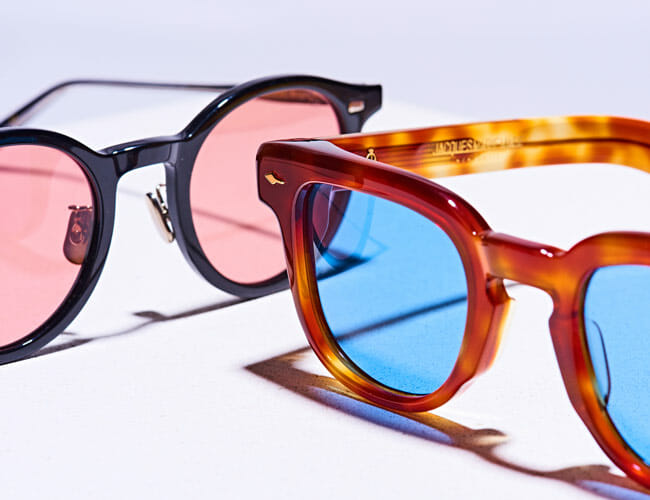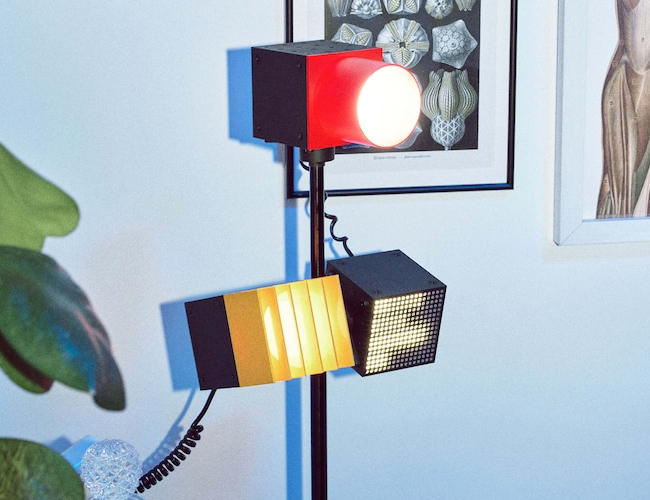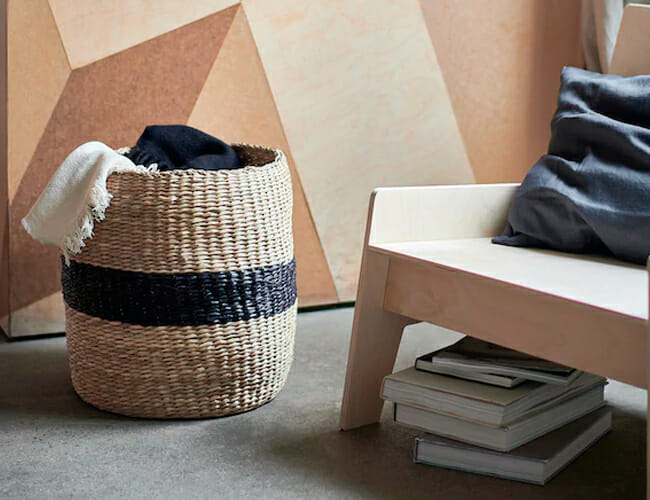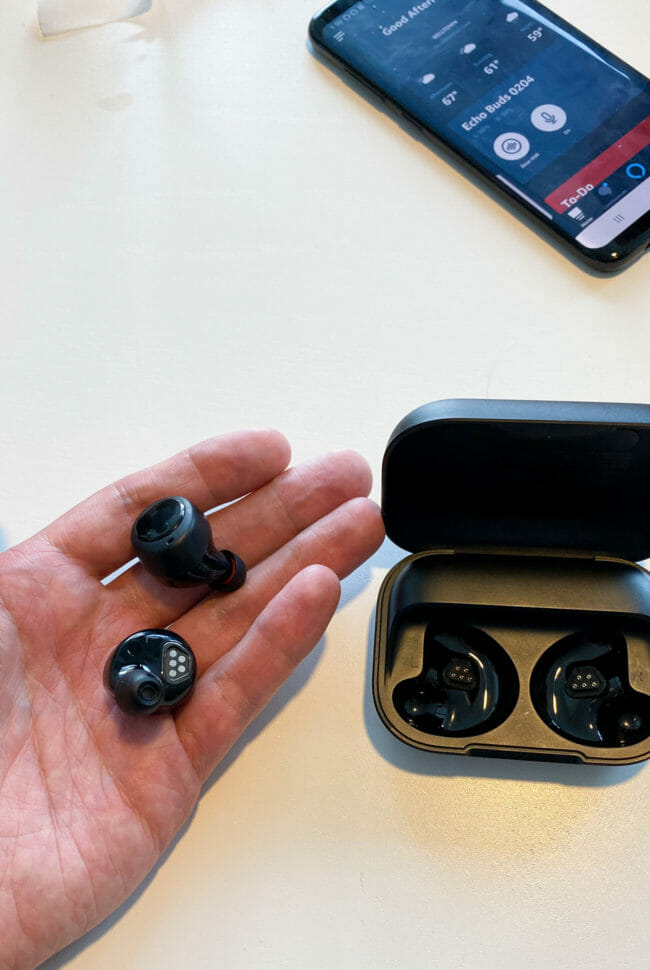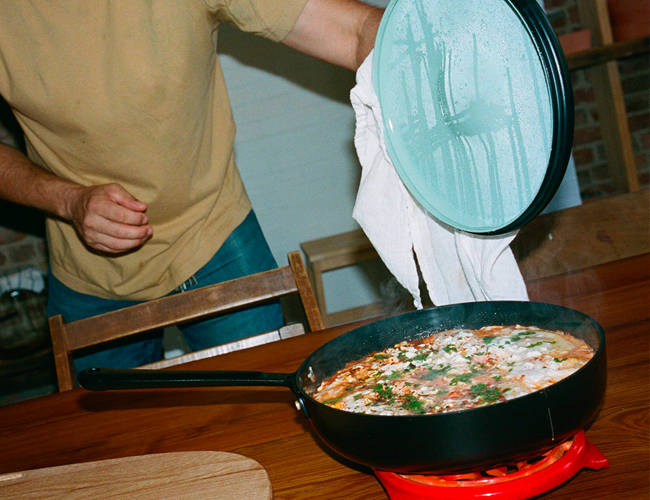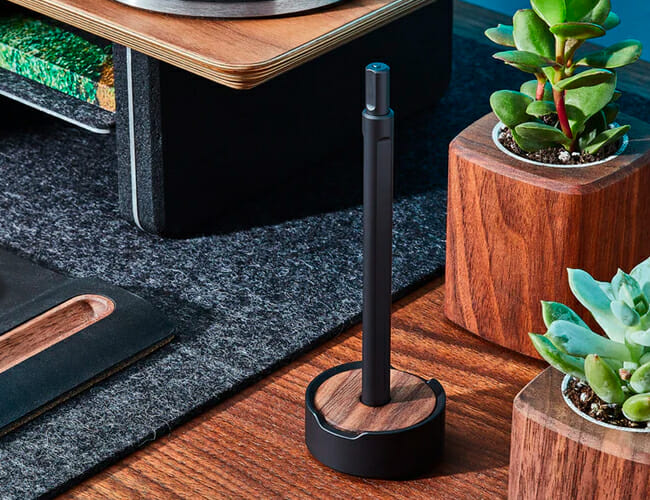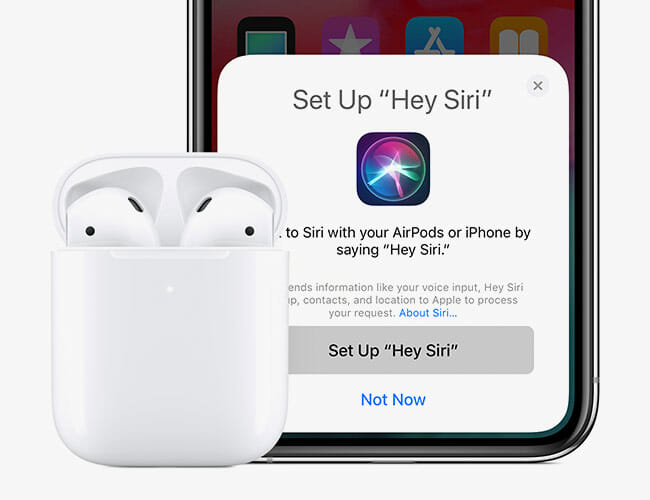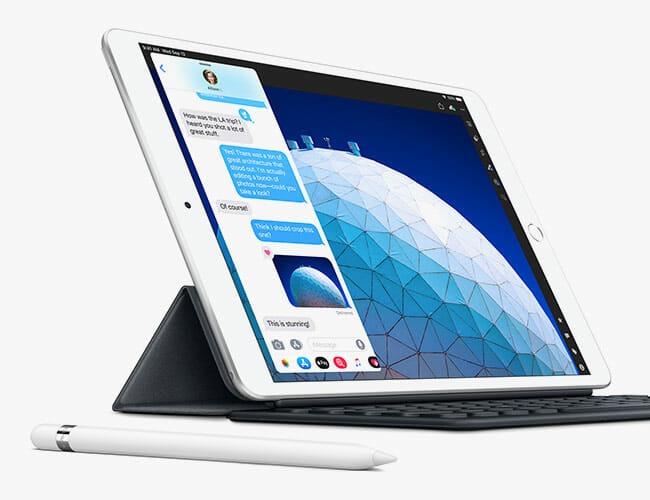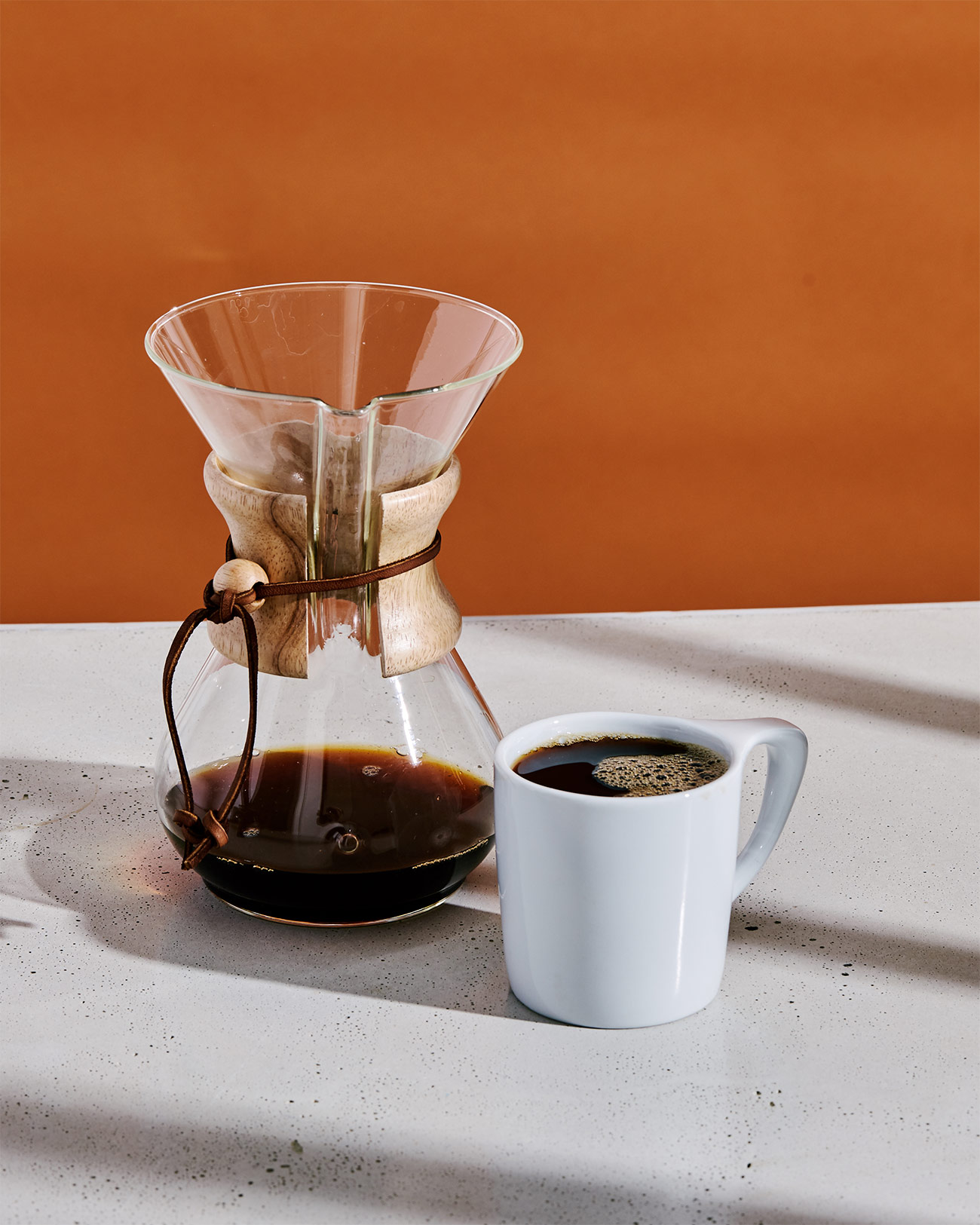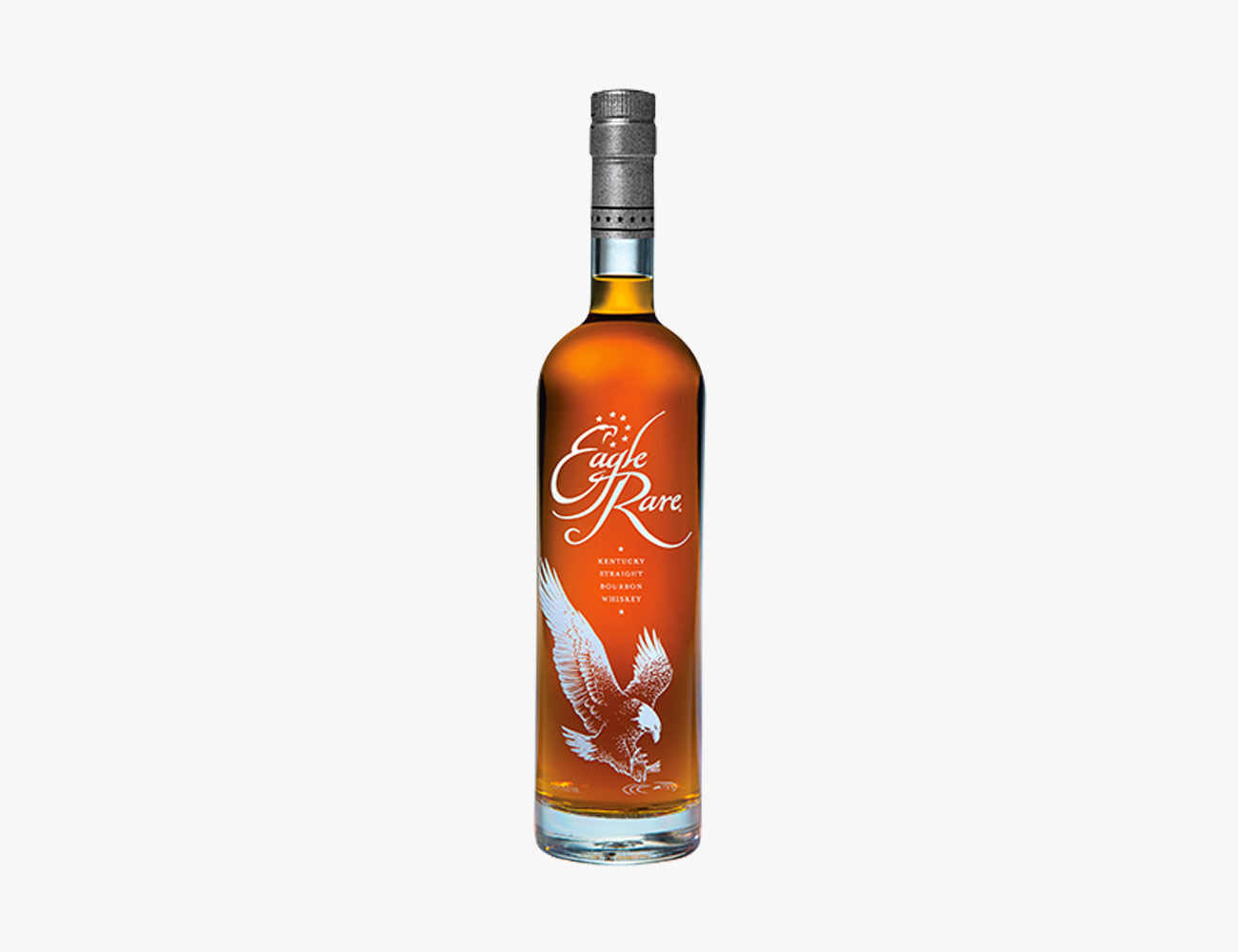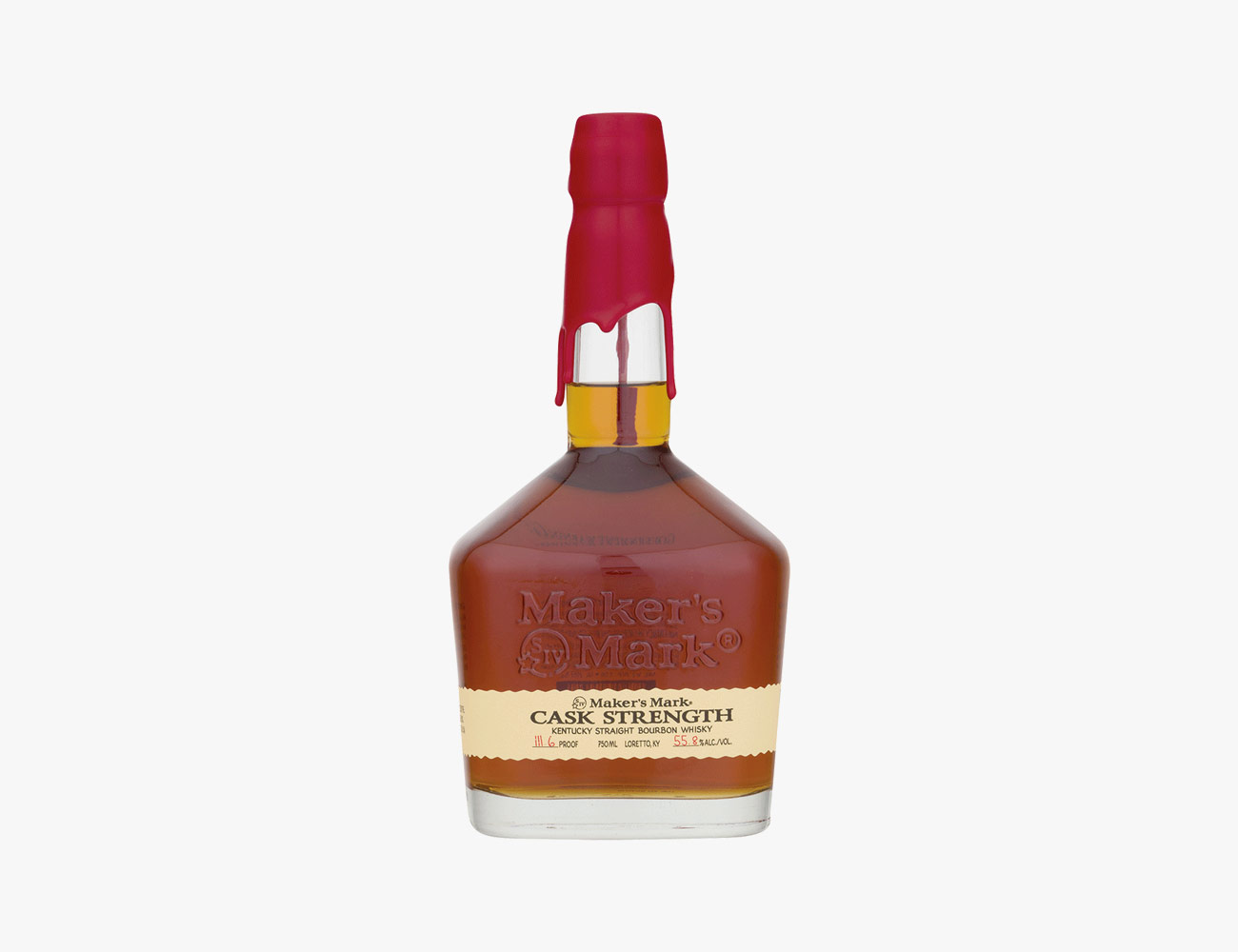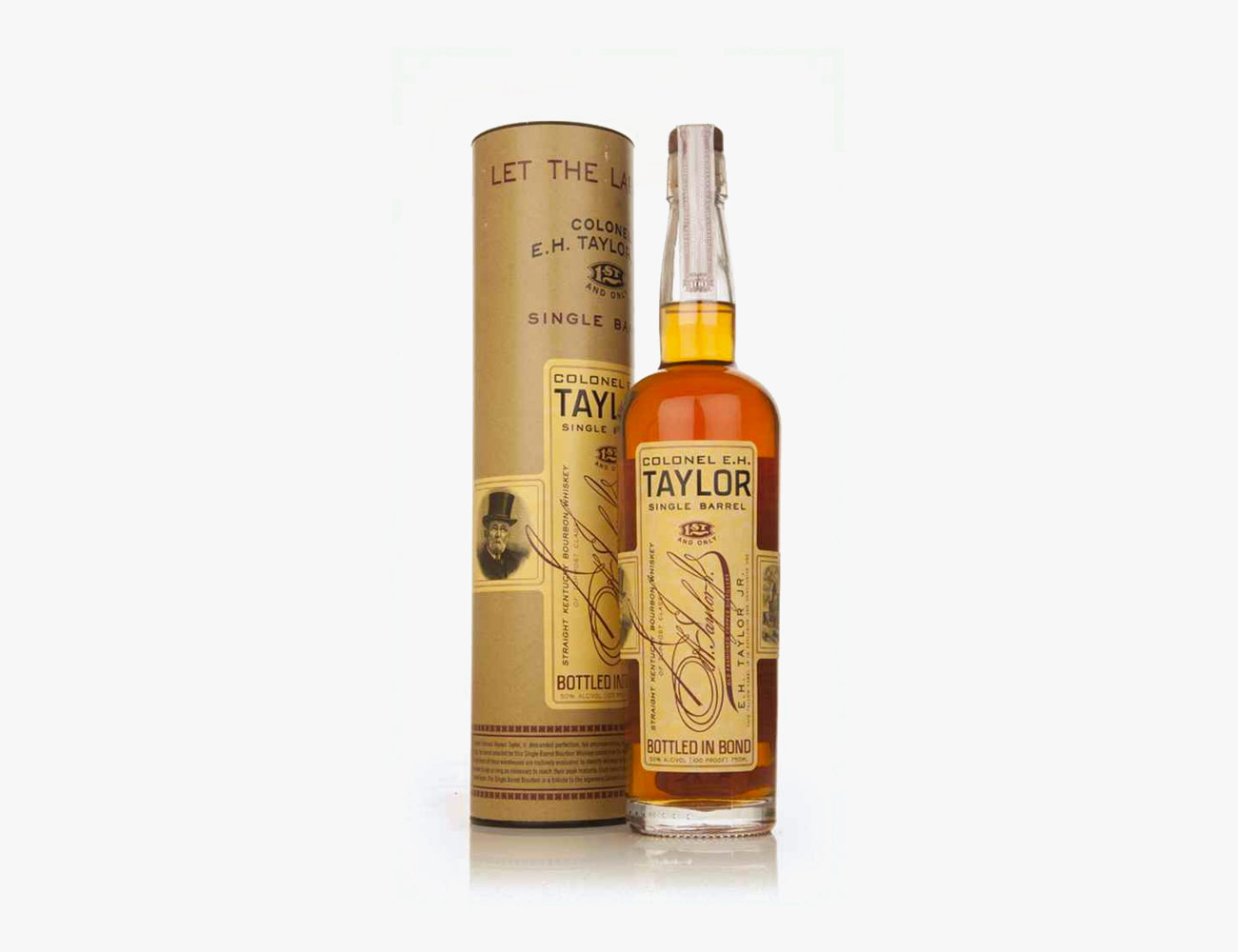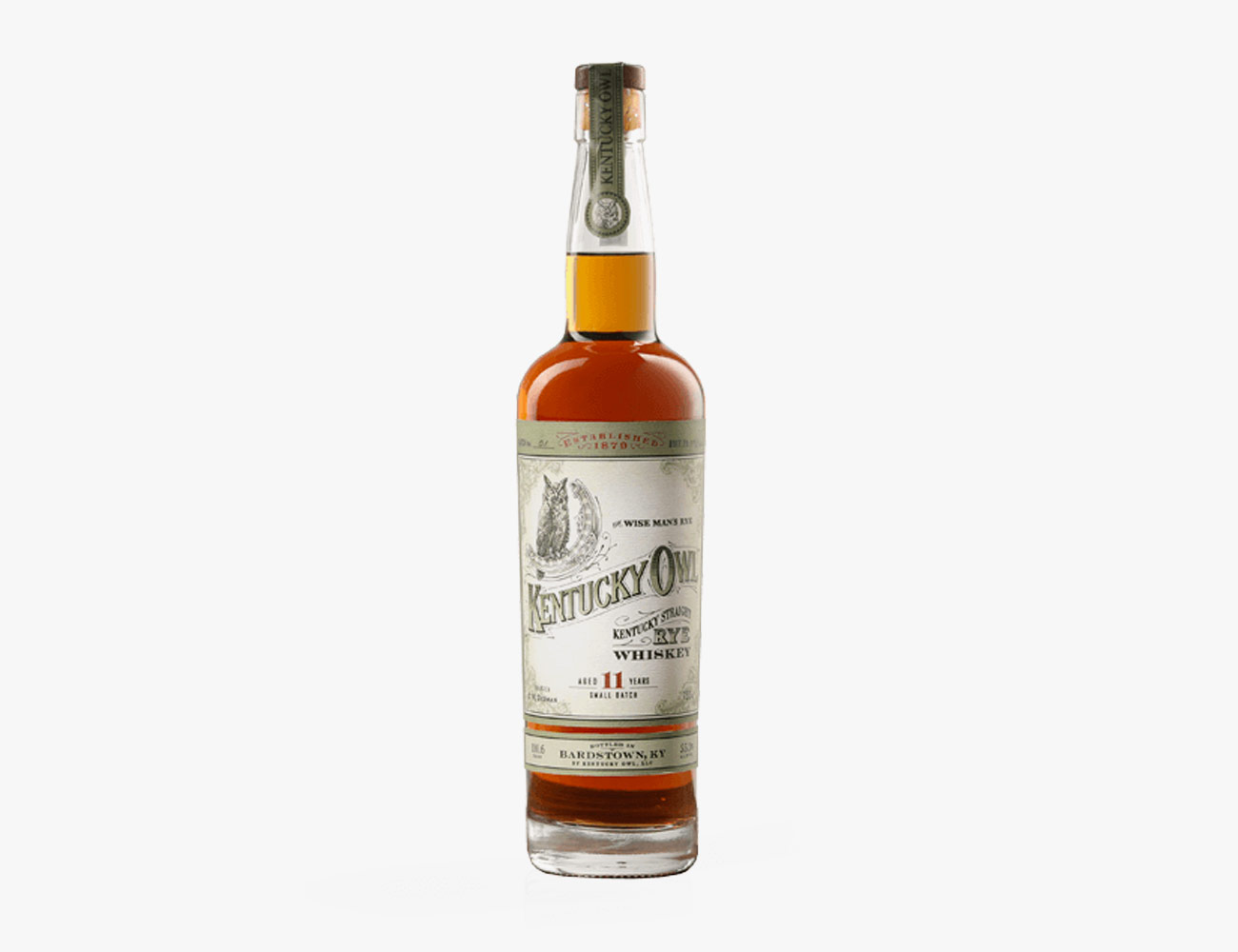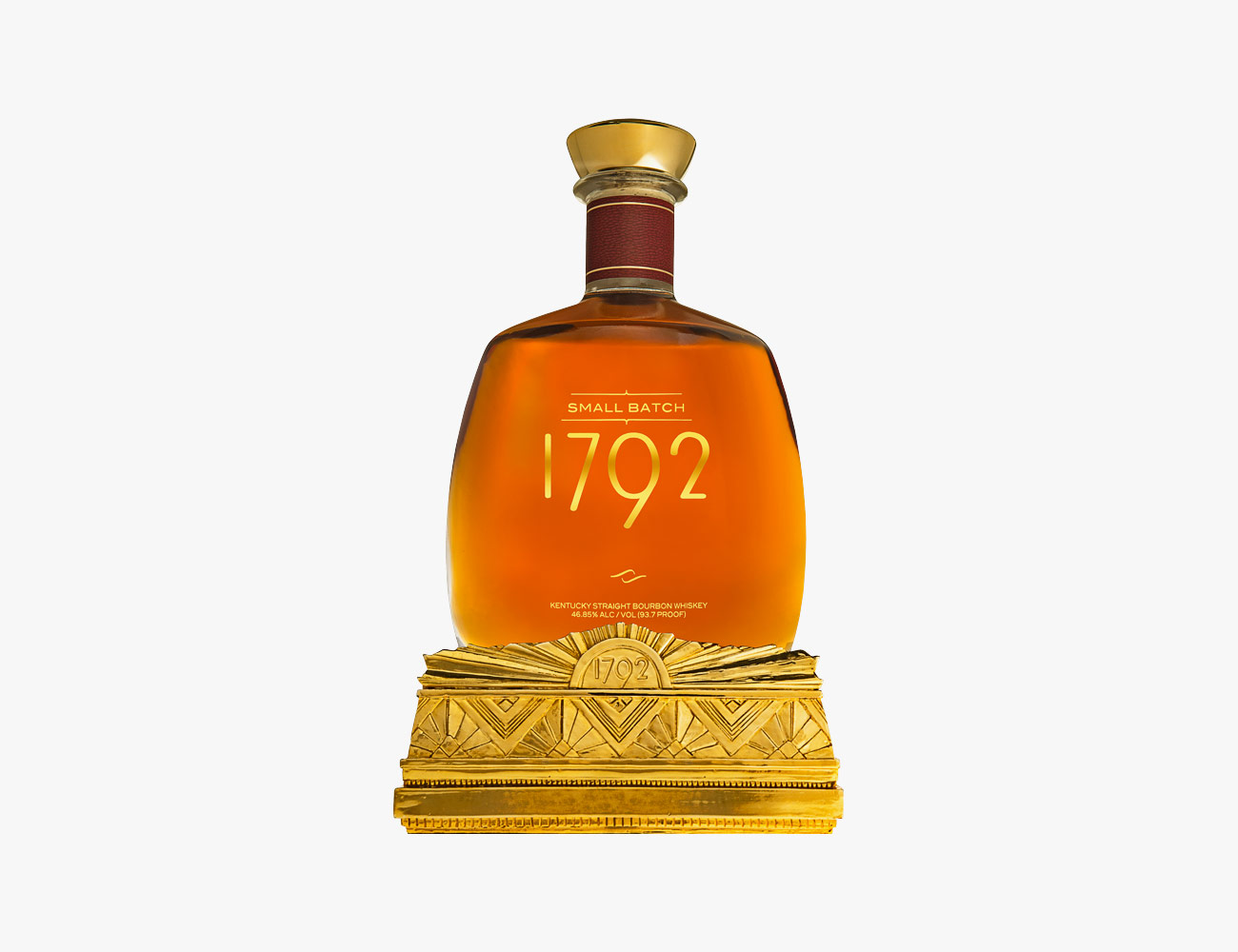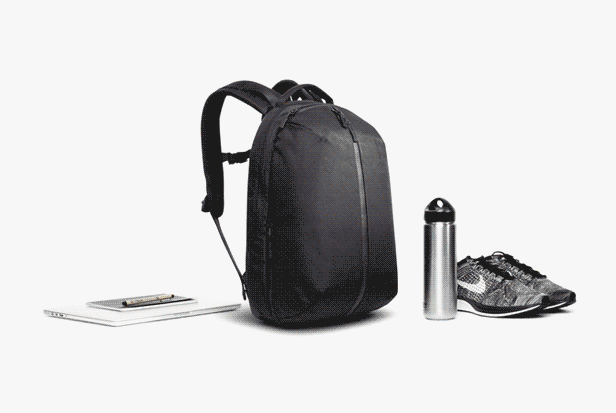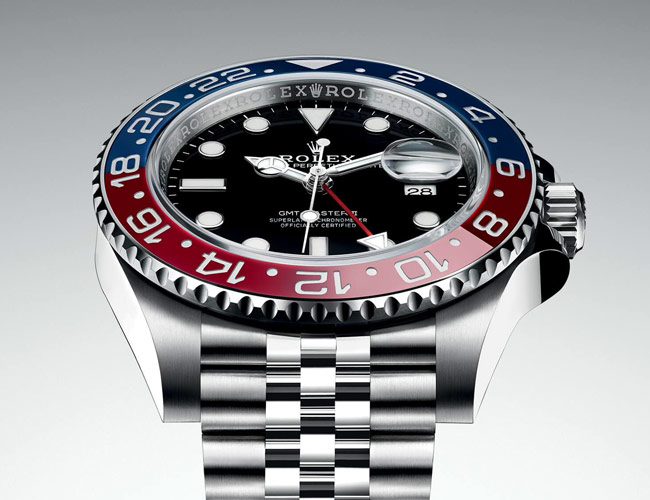BioLite has a knack for taking heavily used gear and re-designing it into something you’ll reach for day after day, all while helping to increase access to energy off the grid. At Gear Patrol, we’ve been big fans since day one. Starting with the CampStove, CampStove 2 and the portable grill, and followed by many other successful fire starters, pizza grills and backcountry chargers, BioLite has paved the way for outdoor enthusiasts to get outdoors with an easy power supply — whether that’s grilling over a stove or lighting up the campsite. BioLite’s latest success story is the HeadLamp. We carried the re-engineered light with us through sunrise summits in upstate New York (hello, Mt. Marcy), as well as along the sidewalks of Brooklyn to light up our night runs. After a hugely successful kickstarter after Outdoor Retailer last year, the headlamp is available for preorder as of this Outdoor Retailer Snow Show.
The Good: BioLite’s HeadLamp features a split light in the front and battery pack in the back, all in a lightweight package that is comfortable, even in the wee hours of the morning. There are four light modes: red flood, white flood and spot (both with dimming) and the strobe, all of which provide you with hours of vision and ways to alert everyone around you. Even after hours of use, it was not headache inducing. The stretch fabric is soft and adjustable yet reinforced, so you don’t have to re-arrange once it’s on your forehead. It comes fully charged in four different colors: red, teal, yellow and grey.
Who They’re For: These lights are for everyone. Whether you’re a runner, hiker, walker or someone who likes to lead the dawn patrol, the BioLite HeadLamp works.
Watch Out For: It can be a bit tricky to use with gloves because of the thin rim around the light. The button to turn on and off, and the lever to aim the light down are both located on the skeletal frame of the light, so it takes time to get used to it.
Alternatives: Most other running headlamps I’ve tested have the battery pack and light all on the same side, so it’s heavy. The Petzl Reactik+ was the last one I tested ($100), and it worked just fine for everything I needed. You can also check out our list of Best Headlamps.
Review:
From unboxing to using, it takes less than two minutes to get started with the BioLite HeadLamp. Brushing my teeth takes longer. With just a few adjustments on the moisture-wicking band, the headlamp sat flush against my forehead. One of the first things I noticed was just how bright the slim light was. It’s 330 lumens at full brightness, and if you happen to turn it on while looking at the light, you’re sure to see some spots for a while. Reading while wearing the headlamp caused no issues thanks to the high visibility and comfy band.
For me, one of the most important things to test on a headlamp is to see how it performs when I’m running. Most lamps that I’ve used bounce around — I’ve run with them through two Ragnar Relays and an entire training circuit for a marathon which resulted in a lot of night activity. The BioLite lamp stayed put, likely because of the separation of the battery from the light itself. The battery sat low against the nape of my neck, while the light laid flat against my forehead. In the past, I’ve had to wear a hat under my headlamp to keep it from bouncing, but with this light, I can wear right where I want it. Now also seems like a good time to mention that I didn’t have any of those pesky red lines around my forehead after I ripped the light off post-run.
The band gets damp after a long run, but chafing wasn’t an issue. At first, I needed two hands to get the front tilt exactly where I needed it — illuminating the uneven cobblestones that line the Brooklyn Promenade and nearby roads — but after my initial mile or so, I had it down. It’s a breeze to click through all the different light options, dimming it when I run near street lamps and quickly turning it off when I finished running. It’s become my go-to lamp whether I’m heading out on a night run or just walking down to the campfire.

Verdict: If you’ve had issues with headlamps in the past, the re-jiggered BioLite HeadLamp is worth giving a shot. At a competitively priced $49, the lamp is hard to beat, simply based on value. With a run time of three and a half hours on full brightness, you can knock out a sunrise summit and nighttime run without sweating over battery life.
What Others Are Saying:
• “But where the brand stands out from the crowd is its comfortable design and lightweight. By integrating its electronic components into the soft 3D SlimFit fabric of the headlamp, BioLite created a light that wears more like a sweatband. For those looking for a light, comfortable headlamp for camping or hiking, this is a solid choice from a cool brand. It fits well, stays comfortably on the head, and will light up the night.” — Sean McCoy, Gear Junkie
• “here are plenty of small headlamps out there, but BioLite is taking a wise approach to the genre with this new unit. If you’re anything like us, you’ve got a closet full of lights. This would include at least a few you don’t use, because they’re dim, uncomfortable, or flop around on saggy elastic when you move your head. It’s not just lightweight — there’s already plenty of light… lights…but this unit stays put to an impressive degree. It’s not a tight head-grabber torture device either.” — Kel Whelan, Off Grid Web
• “BioLite didn’t just make the HeadLamp small and bright — it put a lot of emphasis on comfort too. Using what it calls “3D SlimFit Construction,” the company has managed to squeeze all of the electronic components into a surprisingly small space. This allows the light to nestle neatly into a flush housing, while also providing improved stability and balance while being worn. The headband that holds the lamp in place is made from moisture-wicking fabrics that are designed to be comfortable to wear, even while running, cycling, or hiking in warm conditions.” — Kraig Becker, Digital Trends
Key Specs
Lumens: 330
Battery: Rechargable with Micro USB
Weight: 69 grams
Materials: composite textile headstrap, PMMA, high efficiency lens material, ABS plasic housings, nylon plastic hardware (buckles)
Run Time: 3.5 hours (max brightness), 40 hours (minumum brightness)
Weather Resistance: IPX 4
BioLite provided us with products for testing purposes.
Read More Gear Patrol Reviews
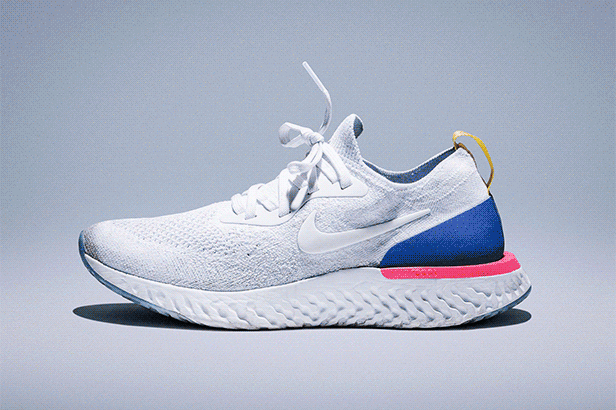
Hot takes and in-depth reviews on noteworthy, relevant and interesting products. Read the Story
Note: Purchasing products through our links may earn us a portion of the sale, which supports our editorial team’s mission. Learn more here.

